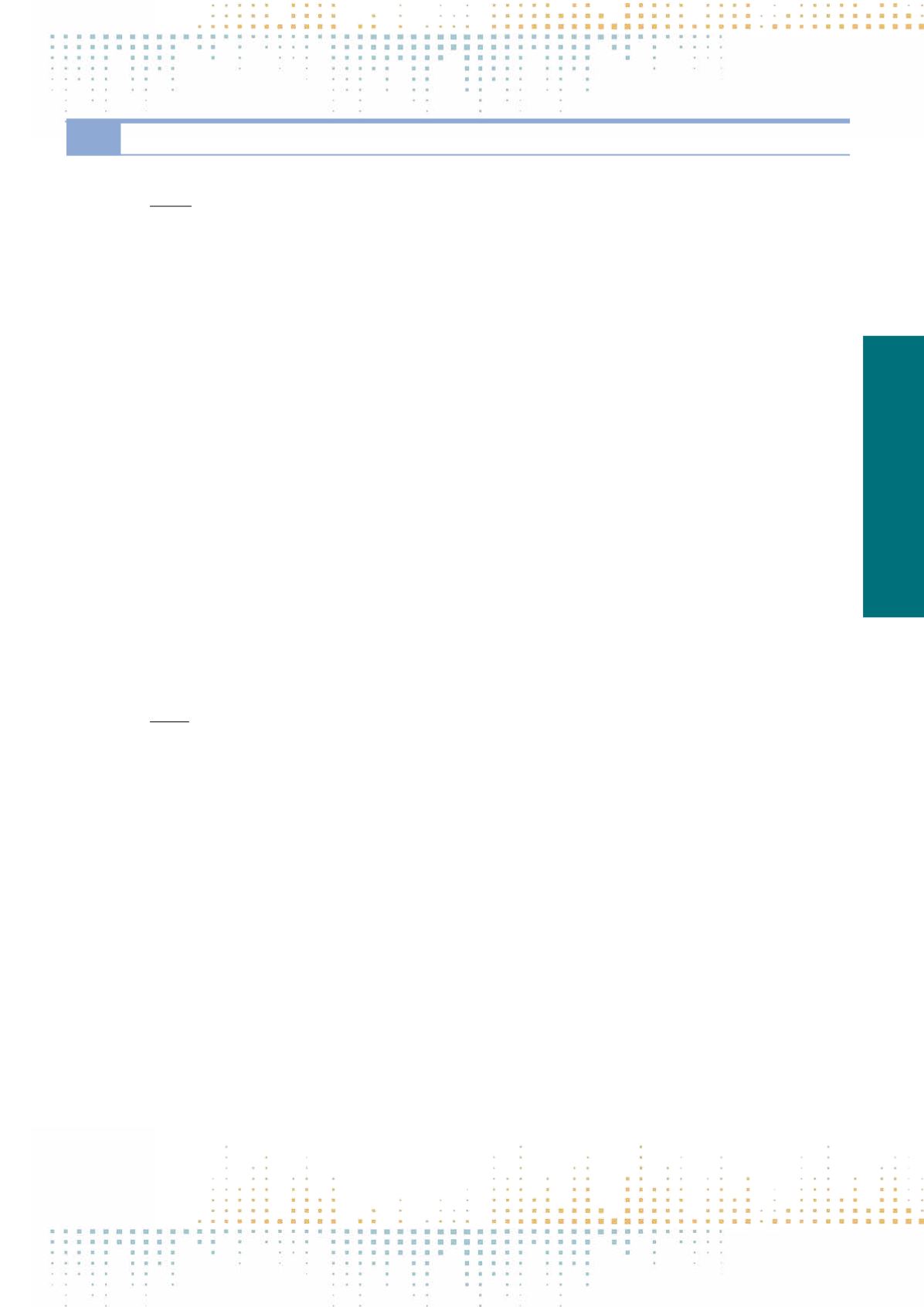

521
Thursday, November 10
1 6 : 3 0 – 1 8 : 0 0
POL07
Media Use andMedia Effects
PP 201
"Denier, Denier, Denier!": Explaining User Comments on Anthropogenic Climate Change
S. Walter
1
, M. Brüggemann
1
, S. Engesser
2
1
University of Hamburg, Journalism & Communication Science, Hamburg, Germany
2
University of Zurich, IPMZ – Institute of Mass Communication and Media Research, Zurich, Switzerland
Even though there is a broad consensus among scientists (Oreskes 2004; Anderegg et al. 2010) and journalists about anthropogenic climate change as a risk
and global problem (Brüggemann, Engesser 2014), relatively stable minorities in the population remain skeptical about anthropogenic climate change
(Whitmarsh 2011; PEW 2015). Today, the internet provides citizens with opportunities to publicly voice their skepticisms, e.g. by commenting on online
news. This paper explores and explains patterns of user comment by analysing influence factors at the level of the country, the news outlet, the individual
journalist, and the news story. Thereby, the paper contributes to a better understanding of the factors that influence public debates and opinion on climate
change. The study draws on the theory of the spiral of silence, assuming that people risk social isolation when openly expressing views that deviate from
public opinion (Noelle-Neumann 1980). Accordingly, we would expect that comments supporting anthropogenic climate change dominate discussions
in communication environments where anthropogenic climate change is a non-controversial issue, and more skeptical comments where the issue is con‑
tested. Our research question is: Are readers’ comments indeed reaffirming the predominant views on climate change in countries, media outlets, and
news stories, or are they perhaps disagreeing and thereby creating counter-publics? Empirically, this study relies on a content analysis of various online
newspapers (N=23) from five countries (Germany, India, Switzerland, UK, US, India) that all share high amounts of CO2 emissions (Clark 2011), but differ in
terms of climate change skepticism (Grundmann, Scott 2014) and are thus likely to feature vivid debates on climate change. In total, the analysis is based
on 803 news stories and 3470 user comments. Our results based on a regression analysis show that contrary to our initial assumptions based on the spiral
of silence, the share of supportive comments is significantly higher, and the share of challenging comments significantly lower, in countries that tend to
be more climate-sceptic (US, UK). Our analysis also points to the importance of the news outlet for influencing public discourses, as supportive comments
are significantly lower in tabloids. The individual journalist can also play an important role: New stories written by columnists, whose writing is arguably
more opinionated, receive significant less supportive comments and significantly more challenging comments. Likewise, the content of the news story is
a crucial factor: If a news story challenges the scientific consensus on anthropogenic climate change, the number of supportive comments decreases. Hence,
when it comes to the spiral of silence, our findings are rather mixed. An explanation is that the theory has been developed in the context of the nation
state. Climate change, however, is a transnational topic and our results suggest that lower units, such as the news outlet, might be more important and
drive climate debates in the comments section. This is in line with previous research, which has observed that the internet contributes to a fragmentation
of publics (Schulz, Rössler 2013).
PP 202
We Help Refugees…and to Anyone Else? Analysis of Online Communication Between the Czech Volunteers: Question of National
Identity and the Roles of Traditional Mass Media
J. Křeček
1
1
Charles University in Prague, Media Studies Dept., Praha 1, Czech Republic
Although the Czech Republic is not a favourite destination or even a transit country for migrants across Europe, the refugee crisis materialised into a strict
state policy in the Czech context. The Czech Republic rejects the proposals for European solutions at the international level, whilst it detains and imprisons
immigrants at the national level, who have mostly found themselves to be here due to mistakes in their flight arrangments. This strategy of preliminary
refusal is peculiar to both the political and media sphere (and, indeed, public opinion). The Czech Republic, however, is also a country in which the number
of immigrants arriving in the long-term has outnumbered the Czech volunteers going to help refugees outside in the various sections of the so-called
“Balkan Route”, where they frequently also outnumbered volunteers from other countries. My paper is based on a comprehensive analysis of internal com‑
munication of Czech volunteers and their followers/supporters. The techniques of qualitative content analysis were used when analysing their semi-closed
discussion groups on the Internet and in social media networks in the beginning of September 2015 (connected to the first charity collection for refugees
in autonomous social center Klinika that has surprising effects in the Czech Republic) and in October (connected to the Case Berkasovo-Bapska, a previously
forgotten crossing between Serbia and Croatia, where from 23 September to 3 November predominantly the Czech volunteers, more or less autonomously,
looked after a no-man’s land). Among the other mapping steps, the analysis attempts to capture the“motivation for volunteering”. The confrontation with
selected psychological typologies of motivation puts the emphasis on the protective (and later the normative) motivation, on which the hypotheses are
based regarding the dispute about the national identity of volunteering (controversies on „Czech Team“ label) as an ideological dispute. Additional side
of analysis concentrated on the relation of Czech volunteers and mainstream media. How to interprete the findings suggesting that the volunteers in their
internal communications are resigned to influence the traditional media, but at the same time, without discussion, a PR-team emerges, which churns out
press releases? What is more, they are are not consulted with the rest of the volunteering community, neither in advance, nor after their release…



















